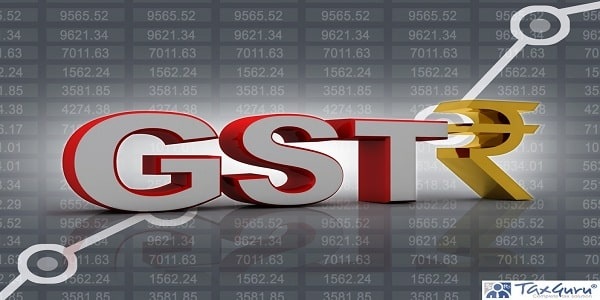Generally, it is being said that to live a normal life we need three basic things (1) Food, (2) Cloths and (3) House and over the period we have also understood the true meaning of the above three things in our life. But unfortunately, the officers working for the government misunderstood it. Time and again they start experimenting with these basics either by introducing taxes on them or by increasing the running tax rate on such items and in this game of experiment the textile sector has suffered most.
Before July – 2017 there was hardly any indirect tax on the textile sector but once the GST has introduced this sector was brought in to tax regime with the assurance that being a basic necessity thigh the textile will be taxed at the lowest rate under GST. The government breached its promise by taxing yarn at the rate of 18% and fabric by 5%. The difference in the tax rate on Input and Output was 13% which was resulted in a huge blockage of funds. After the industry’s representation, the rate on yarn was reduced to 12% but the impact on blockage of working capital was negligible.

A year later the government realized that the textile sector is suffering from a huge blockage of working capital so they come up with a refund policy with the condition attached to it that any accumulation of GST ITC over the last years should be lapsed for getting a refund. And the said lapse should be done within a month to avoid interest liability on it.
The innocent businessman has lapsed its ITC with 18% interest to get the refund of subsequent periods under the impression that going forward the accumulation of ITC will be either stopped or reduced drastically. Before the textile industry could understand the refund mechanism properly the COVID-19 Pandemic has placed its own challenges before the industry and hit the industry adversely.
The nightmare for the industry does not stop here. Yesterday, the 45th GST Council meeting has come up with the solution that an inverted duty structure from the textile will be removed shortly. The correction in inverted duty structure can be possible either through reduction of GST rate in yarn to 5% or increase in GST rate on fabric to 12%. In any of the options, the industry will suffer loss because of the reason that when the refund scheme was introduced in August – 2018 every assessee had to reverse its accumulated ITC to get the refund.
If the intention of the government was to remove the inverted duty structure, then why the reversal of ITC was made compulsory for the textile industry in July 2018?
GST Council has proposed that correction in inverted duty structure would come into existence from 1st January 2022 hence the textile industry should place its representation before the GST Council that the reversal of ITC made by them in July 2018 either should be reallowed to them or any alternative solution should be provided to mitigate the said reversal loss.





